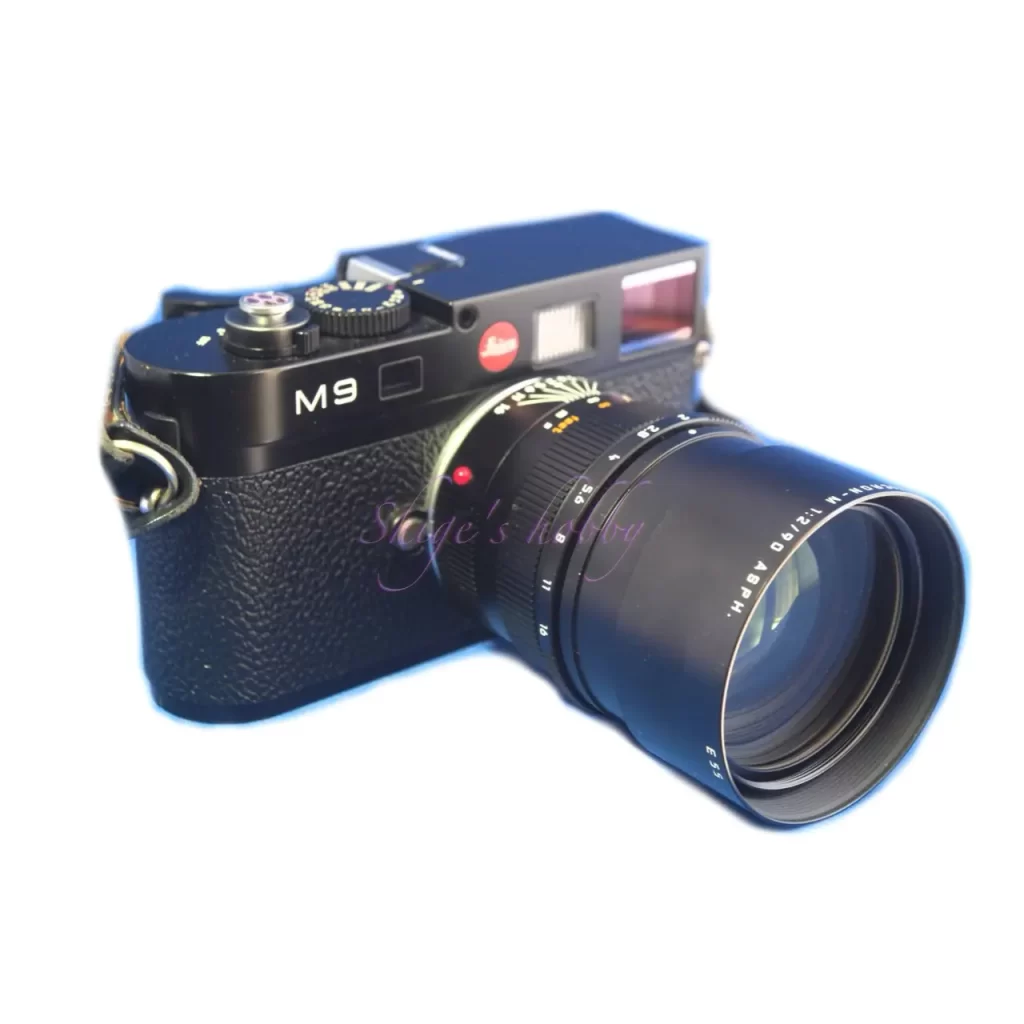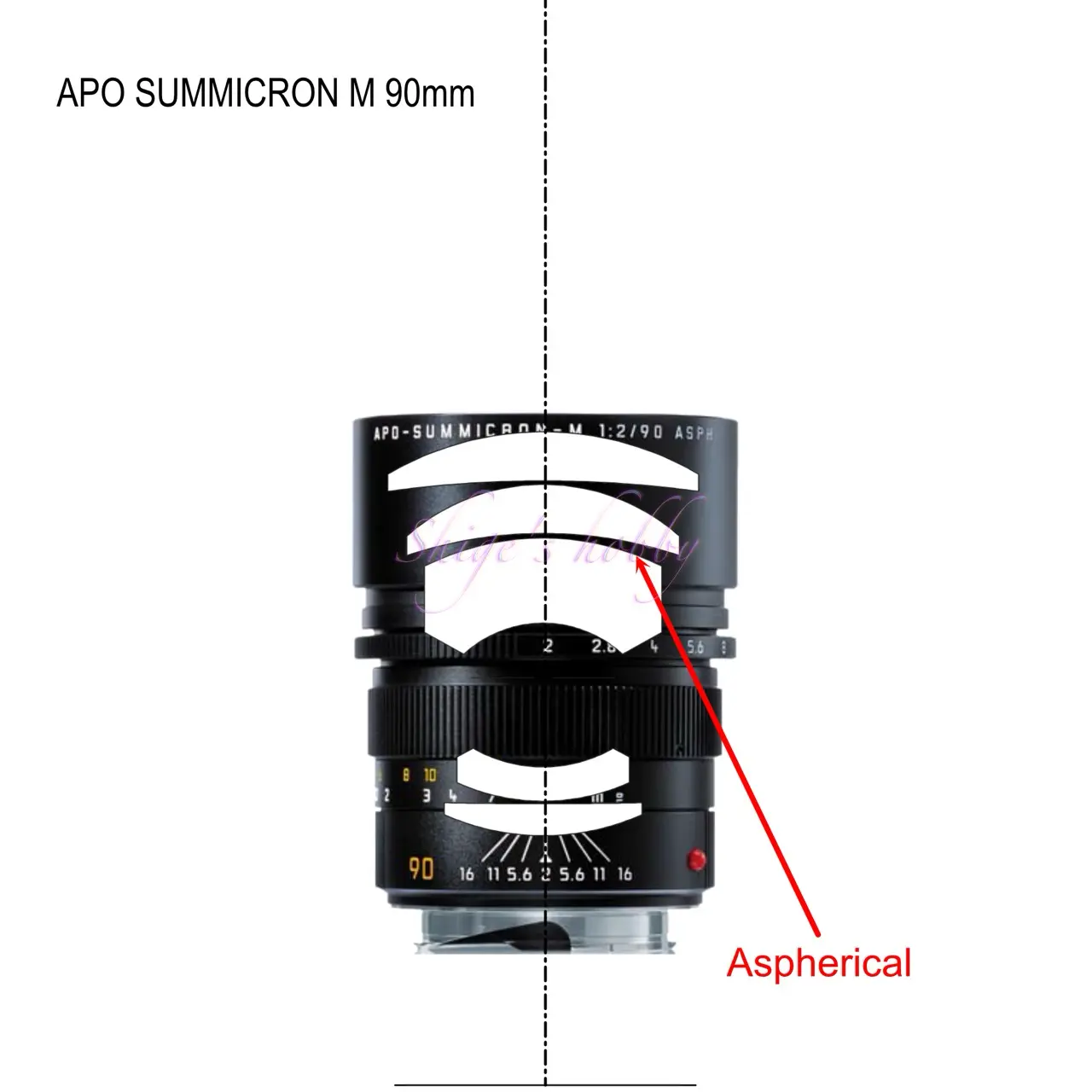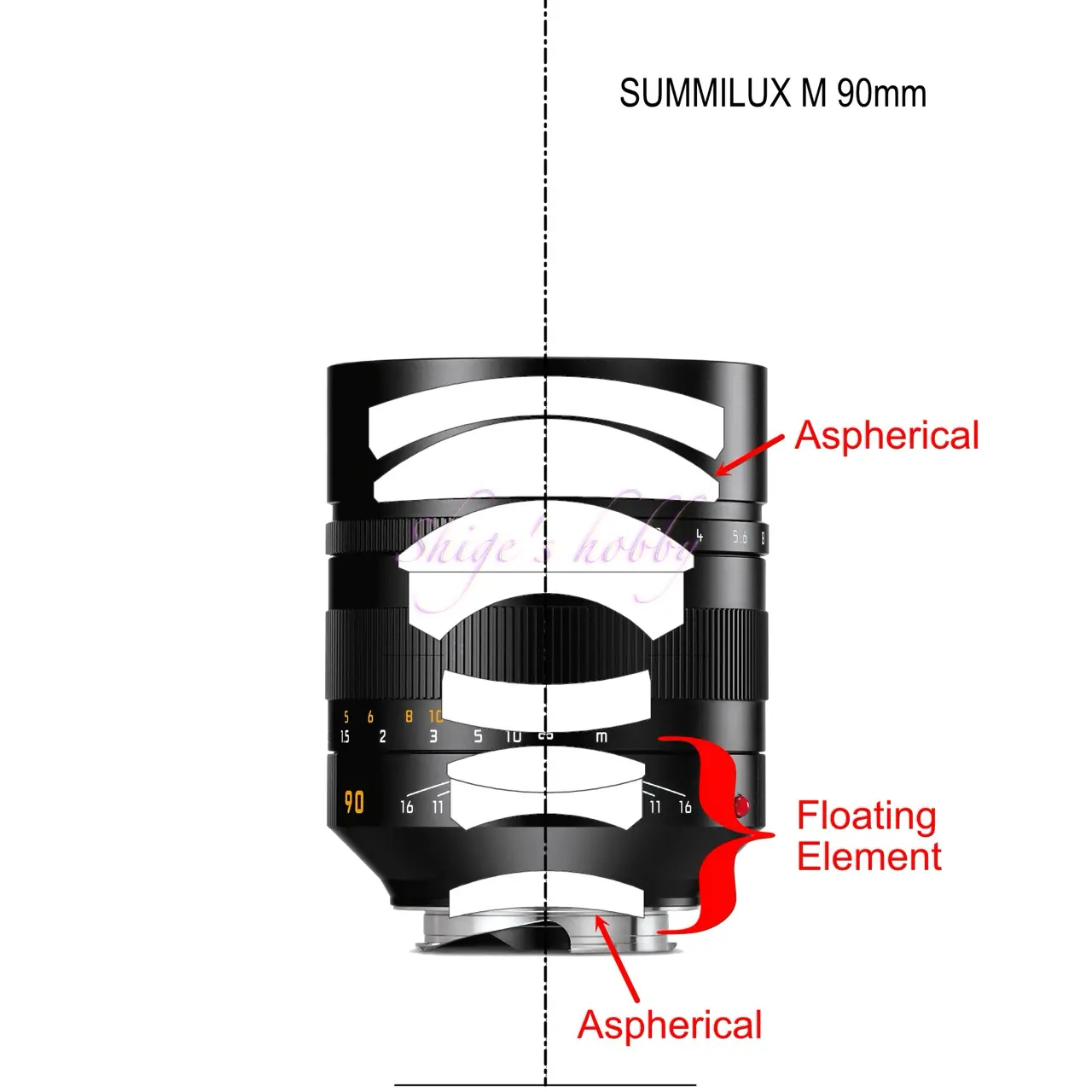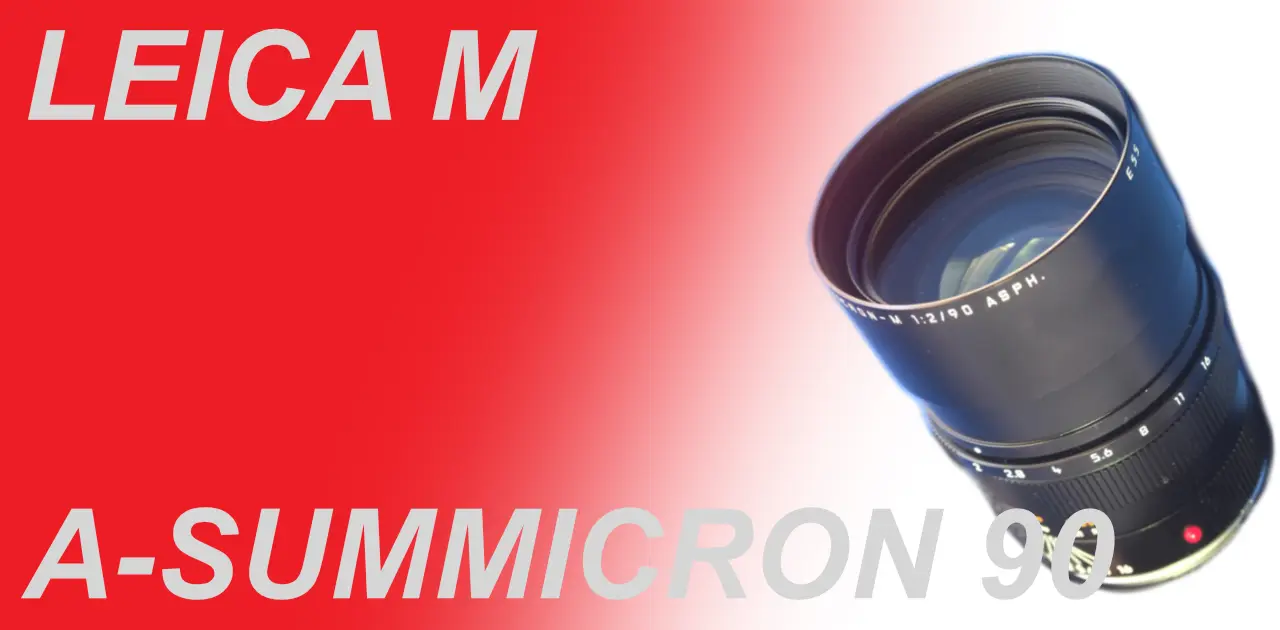Last updated on 2025-08-01
Review and sample images using the LEICA APO SUMMICRON M 90mm ASPH. with the LEICA M9
Table of contents
Gallery
- Photo example by LEICA M9
Review

1.Overview
The APO SUMMICRON M 90 is an M-mount medium telephoto lens released in 1997 that is still on sale in 2024.
The main specifications are as follows, and details are listed in the table.
- Aperture value: 2
- Lens construction: 5 elements in 5 groups
- 1 aspherical lens
- Aperture blades: 8
- Minimum shooting distance: 1.0m
- Filter diameter: E55/55mm
- Hood: Built-in hood
The 6-bit lens recognition code can be added to lenses without a code.
Depending on the year of manufacture, some lenses have a code added at the time of sale.
2.Usage
The APO-Summicron-M 90mm has a problem common to all rangefinder 90mm lenses: the thin focus at full aperture and the extremely small framing window on the 0.68x viewfinder of the LEICA M9 digital rangefinder camera make composing difficult compared to the APO-Summicron-M 75mm, which has a shorter focal length.
With the LEICA M typ240 and later digital M-type Leicas, you can use an add-on electronic viewfinder to see the image that fills the viewfinder with 100% coverage and the magnified focus position on the viewfinder, so you don’t have to worry about composing or focusing accuracy.
This method is certainly a good choice for using telephoto lenses. However, I don’t like the style of adding an EVF to a camera that has a double-image overlapping viewfinder.
It is a neater and more rational choice to use a mirrorless camera such as the Leica SL series, which has an integrated electronic viewfinder.
The hood is built-in, and although the hood itself is about 25mm, it only functions as a 14mm hood. The hood does not provide a very strong shading effect, but since the lens itself is resistant to backlight, this hood is sufficient.
I purchased the APO-Summicron-M 90mm before I got the APO-Summicron-R 90mm, but I was fortunate enough to get the APO-Summicron-R 90mm afterwards, so depending on the timing, I may not have used this lens.
There is no point in having two lenses with the same lens configuration, so after thinking about which APO-Summicron to keep, I decided to keep the R mount because of its versatility due to its minimum shooting distance of 0.7m and the long flange back distance.
A comparison of the two lenses is presented on the APO-Summicron-R 90 page.
3.Summary
To sum up the APO-Summicron-M 90mm, the double image coincidence on Leica M cameras leaves the focusing accuracy unreliable.
To address this issue, if you are going to use an electronic viewfinder, it is better to use it with a mirrorless camera with an integrated electronic viewfinder rather than attaching a VISOFLEX to a Leica M digital camera.
Specification and Competitor
For a long time, the Apo-Summicron-M 90 was the newest and brightest 90mm lens for the M-mount.
However, with the release of the SUMMILUX-M f1.5/90mm ASPH. on December 21, 2019, it was replaced by the Summilux-M 90.
The Summilux-M 90 is priced at nearly 2 million yen, so you need to be prepared to make a big investment to buy it.
If you’re looking for a high-performance medium telephoto lens at an affordable price within the Leica lineup, the Apo-Summicron-M 90 is a viable option.


| Items | APO SUMMICRON M | SUMMILUX-M 90 f/1.5 ASPH |
| focal length(mm) | 90 | 90 |
| Maximum aperture | 2 | 1.5 |
| Minimum aperture | 16 | 16 |
| Leaf blade | 5 elements in 5 groups | 8 elements in 6 groups |
| Lens configuration | 8 | 11 |
| Minimum distance(m) | 1.0 | 1.0 |
| Lens length(mm) | 78 (M mount) Flange back 27.8 Total 105.8 | 91 (M mount) Flange back 27.8 Total 118.8 |
| Lens max diameter(mm) | 64 | 74 |
| Filter type | 55 | 67 |
| Weight(g) | 660 | 1010 |
| Hood | integrated | integrated |
| Lens mount | LEICA M | LEICA M |
| Release date | 1997〜 | 2019.12.21 |
| Production numbers | 14,820 (〜2005まで) | ? |
Reference links
- Description of the ”APO SUMMICRON-M 2/90 ASPH.” by LEICA wiki.
- APO SUMMICRON-R 2/90 ASPH. (Link to the page in Shige’s hobby)
Update history
- 2025.4.16
- 2024.9.19
- 2024.02.20:Update article
- 2022.05.02:First draft
Afiliate link
- Please see the disclaimer regarding advertising here.
- Italicized links in the text are advertisement links that take you to other sites.




Be First to Comment